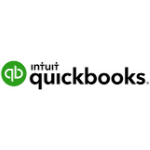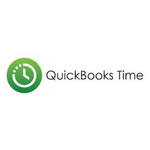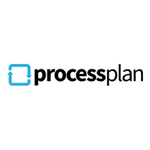Contractor or Employee?
March 4, 2021
Contractor or employee? How to get it right
When is a worker an independent contractor or an employee? Plenty of people ask this question as it can expose businesses and individuals to significant risk and costs under tax and employment law.
Sometimes, a person might seek a contracting relationship for perceived tax benefits or the company might want to keep employment flexible. However, by law, it is the nature of the employment relationship that defines whether someone is a contractor or an actual employee. No one can opt out of basic employment standards and entitlements or their statutory tax and superannuation requirements.
So what are the differences between a contractor and an employee? Let’s break it down.
Employees
- People working in a contract “of service”, serving the employer under a relevant award, agreement, or employment contract.
- Considered part of the business and (generally) told how, where, and when they work.
- Dedicate their time and effort primarily to one organisation.
- Take no commercial risks and the business is legally responsible for the work done.
- Employer provides all or most equipment and systems for doing the work.
- Must apply for time off.
- Paid by payroll system, with PAYG and any fringe benefits deducted. Eligible for superannuation.
- Have all minimum rights under employment laws.
Contractors
- People working in a contract “for service”, serving themselves by delivering outcomes to their client(s).
- Self-employed, running their own independent business.
- Can work freely for a number of organisations (or sub-contract the work out).
- Dictate their own time off and may or may not be available for work.
- Take commercial risks and are legally responsible for their work.
- Use all or most of their own equipment and processes.
- Invoice for their work.
- Have most workplace rights but different tax, insurance, and superannuation responsibilities.
The ATO has a handy tool
you can use to figure out whether someone is an employee or a contractor.
The nature of the employment situation is usually obvious, although project work of fixed duration or finite funding can be complicated. If you’re still not sure or would like to discuss your HR solutions further please contact us.















